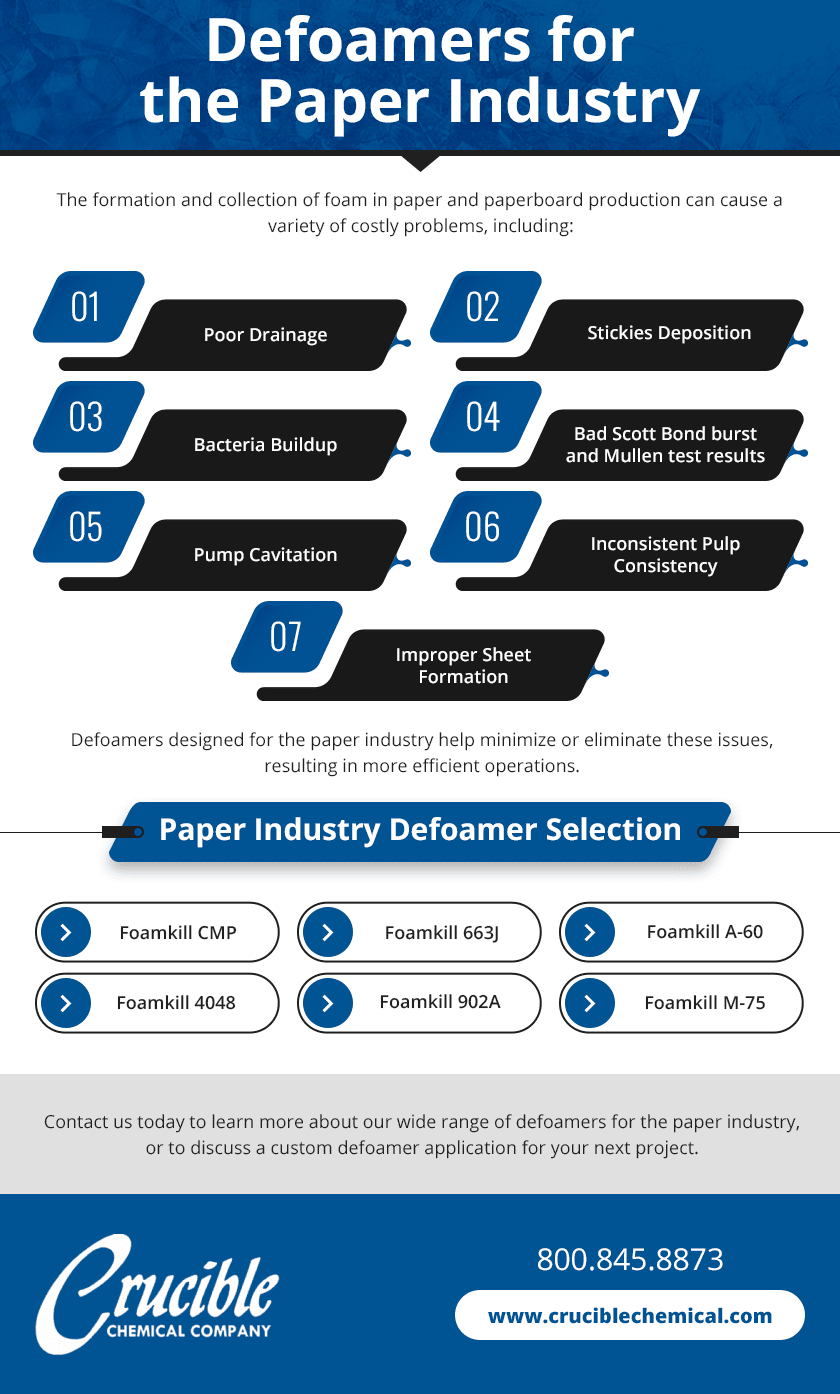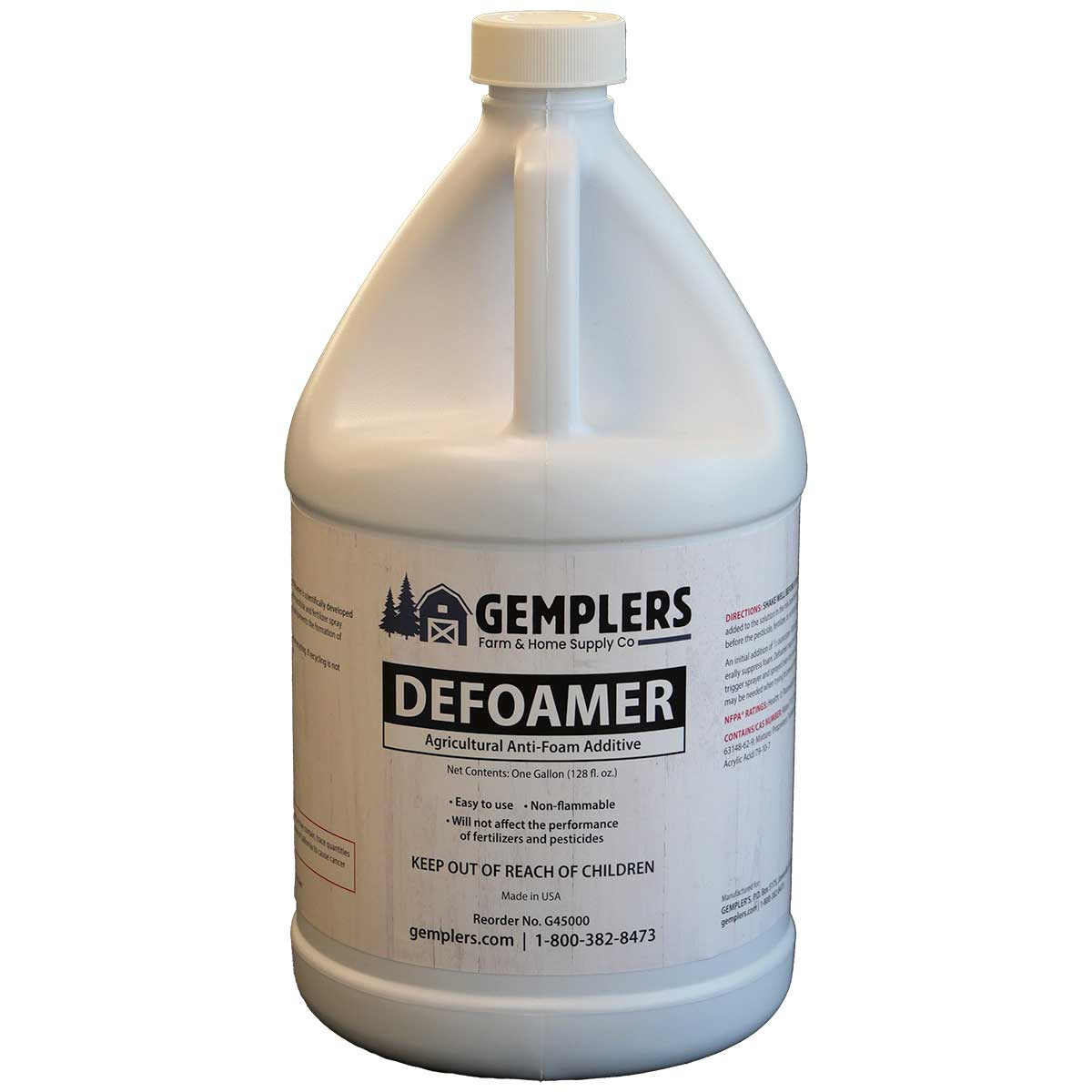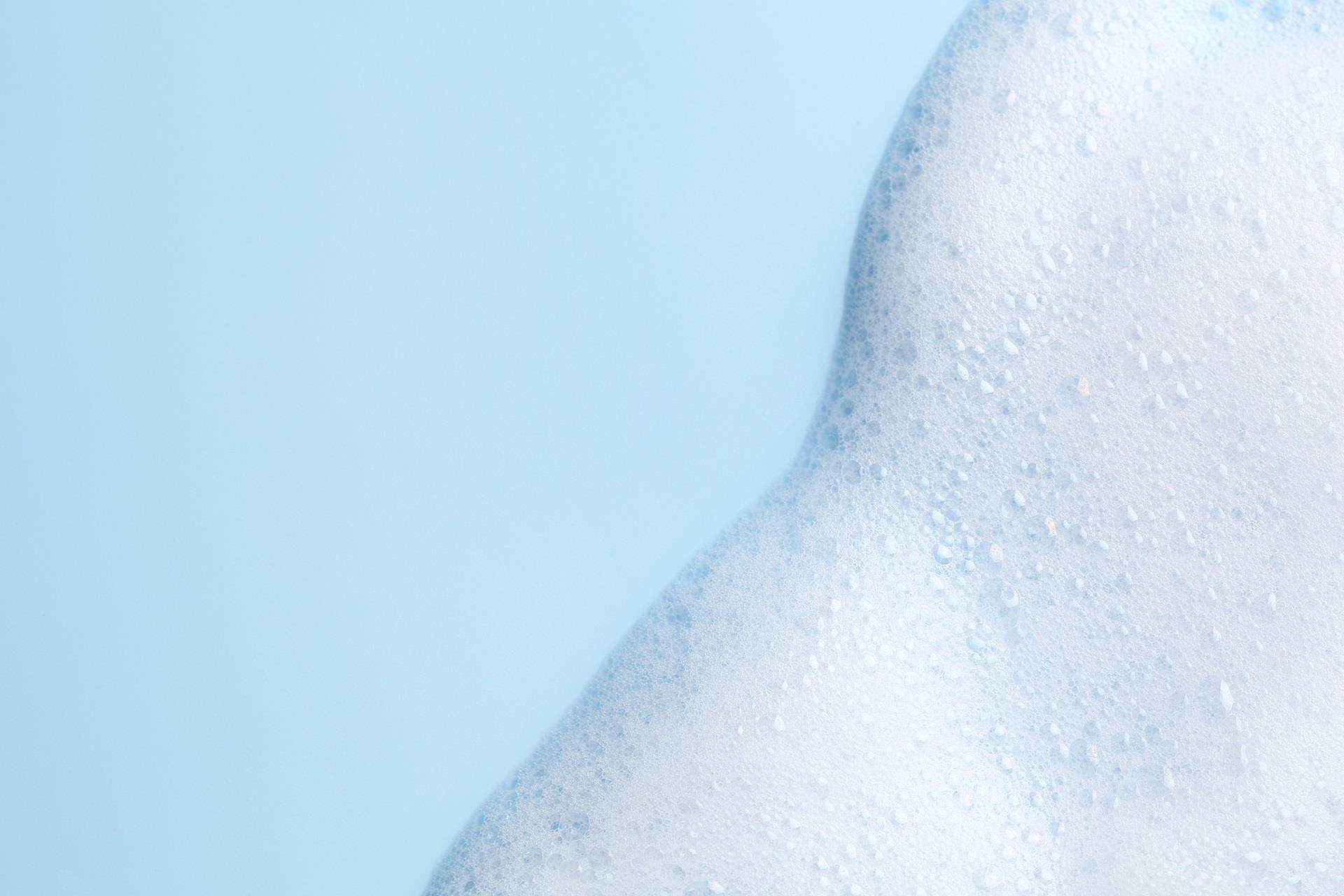Picking the Right Defoamer for Your Specific Application Demands
Selecting the proper defoamer for specific application requirements is a nuanced process that demands cautious factor to consider of multiple variables, such as the foam medium, operating, and kind conditions. Comprehending the nuances of defoamer efficiency-- consisting of rate and perseverance-- while additionally making up regulative and ecological variables is crucial. Additionally, participating in tests and consulting with suppliers can provide beneficial understandings. Nonetheless, navigating these complexities can be overwhelming, and the repercussions of a bad selection may be substantial. What methods can be employed to guarantee an ideal choice?
Comprehending Foam Formation
Foam formation takes place when gas is caught within a liquid, developing a secure structure of bubbles. This phenomenon can substantially impact numerous industrial procedures, specifically in markets such as food production, drugs, and wastewater treatment. The presence of foam can prevent blending, reduce item high quality, and also lead to operational ineffectiveness.
Foam generally forms as a result of a mix of aspects, including surface-active agents, frustration, and the qualities of the fluid phase. Surfactants reduced the surface area stress of the fluid, assisting in the formation of bubbles that can stabilize and coalesce. Agitation, whether from mechanical mixing or gas intro, enhances bubble development, causing boosted foam quantity.
Understanding the mechanics of foam development is vital for industries aiming to enhance their processes. By recognizing the specific problems that advertise foam generation, companies can implement methods to mitigate its impacts. This knowledge prepares for choosing suitable defoaming agents that effectively target the distinct difficulties posed by foam in different applications. A detailed understanding of foam formation is essential for improving effectiveness and keeping product integrity across numerous sectors.
Sorts Of Defoamers Available
Numerous kinds of defoamers are available to deal with the challenges postured by foam in commercial applications. defoamers. Broadly identified, defoamers come under three classifications: silicone-based, non-silicone-based, and natural defoamers
Silicone-based defoamers are renowned for their performance and stability throughout a vast range of temperatures and pH levels. They are typically used in applications where strong foam suppression is necessary, such as in paints, adhesives, and coatings. Their reduced surface tension permits fast foam collapse.
Non-silicone-based defoamers, usually made from natural compounds, supply an option for applications sensitive to silicone residues. These defoamers can be further divided into polyether and ester types, each tailored to satisfy particular solution requirements. Non-silicone defoamers are regularly made use of in food handling and individual care products as a result of their compatibility with numerous formulas.
Natural defoamers, originated from plant or animal resources, are getting traction as a result of their eco-friendly profile. These products are especially appealing in applications where governing compliance and sustainability are extremely important, such as in agrochemicals and biotechnology.
Picking the ideal kind of defoamer is crucial for optimizing performance and ensuring compatibility with certain applications.
Trick Application Considerations
When selecting a defoamer, it is vital to take into consideration the particular application demands to ensure optimal performance. defoamers. Various markets have unique demands, such as food processing, drugs, or wastewater therapy, and each application may require unique defoaming residential or commercial properties
Secret elements to evaluate consist of the medium in which the defoamer will be utilized, whether it is water-based, oil-based, or a mix thereof. The temperature and pH levels of the useful site application can also considerably influence the efficiency of a defoamer. In addition, compatibility with various other chemicals present in the system is vital to stop adverse reactions that can endanger efficiency.
One more crucial consideration is the frothing actions of the particular system. Comprehending whether the foam creates swiftly or slowly can direct the choice of a defoamer that targets the origin successfully. In addition, the desired rate of defoaming can influence the choice, as some applications need rapid activity while others might endure slower defoaming processes.
Finally, regulative and ecological factors to consider must not be neglected, specifically in sectors with stringent compliance demands. Picking a defoamer that straightens with these variables ensures both effectiveness and safety in the application.

Efficiency Screening Techniques
Examining the performance of a defoamer requires an organized approach to testing that properly measures its efficiency in particular applications. Various performance screening methods can be employed to establish the optimal defoamer for an offered formulation.
One typical method is the bubble test, which evaluates the defoamer's ability to minimize foam quantity over time. This test includes generating a stable foam and then adding the defoamer to observe the rate of foam collapse.

Inevitably, selecting the suitable efficiency screening approach relies on the details application and the kind of foam being addressed. Each technique supplies beneficial data that can assist formula modifications and boost the performance of the defoamer in useful applications.
Finest Practices for Selection


Following, take into consideration the defoamer's performance in terms of speed of activity and perseverance. A quick-acting defoamer might be required for processes where quick foam suppression is vital, while a more persistent solution may be needed for long term foam control. Additionally, evaluate the environmental effect of the defoamer, including its biodegradability and any regulative conformity needs.
Conduct trials with picked defoamers to determine their efficiency in real-world problems. By adhering to these best techniques, you can enhance foam control effectiveness and make certain the long life of your procedures.
Final Thought
In recap, selecting the ideal browse around here defoamer necessitates an extensive examination of different variables, consisting of foam type, tool, operating conditions, and ecological considerations. Understanding the one-of-a-kind attributes of foam formation and the offered defoamer options is vital.
Choosing the proper defoamer for particular application needs is a nuanced procedure that requires mindful factor to consider of numerous elements, such as the foam operating, kind, and tool problems.Picking the appropriate defoamer is essential for achieving optimum performance in foam control applications. A quick-acting defoamer might be required for processes where rapid foam suppression is critical, while a more consistent formula may be required for long term foam continue reading this control.In summary, choosing the ideal defoamer demands a comprehensive examination of numerous elements, consisting of foam type, medium, operating problems, and ecological considerations. Understanding the unique qualities of foam development and the offered defoamer alternatives is essential.